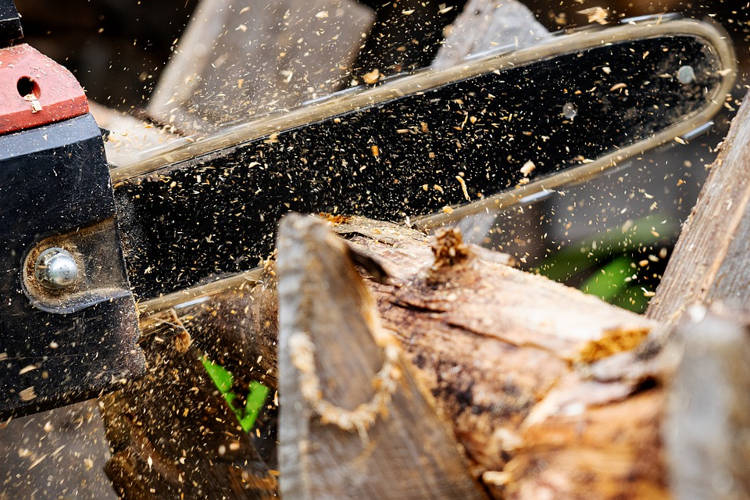A German baker who has reportedly been selling sawdust cookies for around two decades has recently been ordered to stop, as the finely milled wood has been deemed unfit for human consumption.
An administrative court in the southwestern German city of Karlsruhe has upheld a decision to ban the sale of cookies made with sawdust, despite the producer’s claim that they were a traditional vegetable product. The unnamed baker had been operating a mail order business, selling his sawdust cookies all over Germany. He openly listed sawdust as an ingredient on the packaging of his biscuits, and had already written to the city of Karlsruhe about his practice back in 2004, but received no answer. Then, in 2017, a routine examination of a biscuit sample led to a sales ban which he then contested in court.

Photo: Olia Nayda/Unsplash
“These cookies must not be allowed into the food chain because they are not safe, and are, objectively seen, not fit for human consumption,” the Baden-Württemberg’s State Higher Administrative Court decision read. In it, the judges added that despite the baker’s claim that sawdust was a traditional ingredient, actually “it isn’t even used in the industrial animal feed sector”.
The court argued that sawdust was used as a filler and carrier for technical applications, and was not on the list of novel edible ingredients approved by the European Union. Judges added that there was no evidence of any significant use of sawdust for human consumption, or history of it as a safe ingredient, but the manufacturer disagreed.
The baker claimed that the “microbiological” sawdust he used in his cookies was a “herbal product” similar to bran, and therefore suitable as a substitute for flour. As for historical use of sawdust and other wood byproduct in food, there is a lot of it, dating back from the 1700s to present day.

Photo: Leuchtturm81/Pixabay
According to the Conucopia Institute, in the 1700s, European bakers started using sawdust in their products, so they could lower the cost and thus attract more customers.
“At some point some clever miller was like, ‘Hey, what if we combine the flour with sawdust?’” Penn State food historian Bryan McDonald told the Cornucopia Institute. “‘We’re selling stuff by weight, and people don’t really have a good way of knowing what’s flour and what’s sawdust.’”
However, sawdust and ingredients like wood pulp, wood flour and cellulose were found in foods as recently as 2016. For example, lab-tests commissioned by Bloomberg Business found wood pulp and cellulose in several cheese brands sold in the US.
The German Court’s decision to ban the sale of sawdust-containing cookies is not yet legally-binding, as the baker still has the option of filing an appeal.












